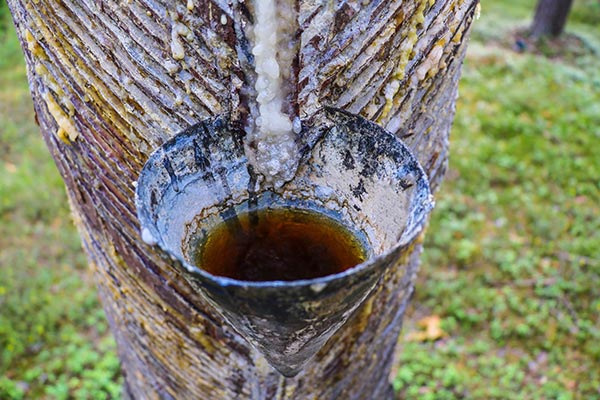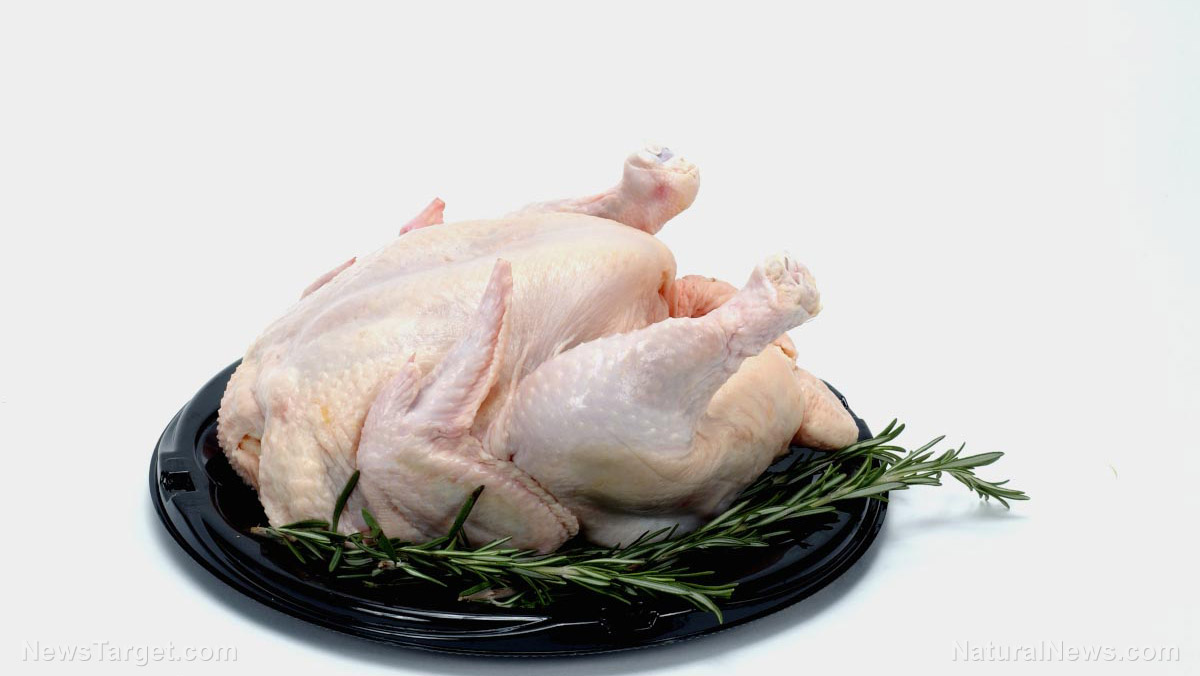Healthy prepping: 7 Superfoods you should add to your garden and stockpile
06/08/2020 / By Janine Acero

It’s important to prepare for emergencies, as these can happen without a moment’s notice. For most people, that means stockpiling enough food to keep themselves fed in the event an emergency happens. But as you fill up your storage spaces with quick fixes like rice, spaghetti and survival rations, why not balance it out by adding nutritious superfoods to the mix?
While having easily accessible emergency food is an important consideration, eating foods that maintain overall health is just as crucial for survival. Here are some superfoods that are not only a great addition to your prepper pantry – they can also be grown in your own survival garden. (h/t to HomesteadSurvivalSite.com)
1. Apples
Apples are highly nutritious fruits; they are rich in vitamins C and K, fiber and healthy carbs.
Apples can last for three months or more if stored properly. To store apples, wrap individual fruits in newspaper, then place them in a cardboard box in the basement or on a cool porch. Thicker-skinned apple varieties like Jonathan and Red Delicious last longer in storage.
Don’t store apples in the same room as potatoes, as the fruits will spoil faster.
If you’re looking to plant your own apple tree, know that it grows best in temperate zones, or anywhere between Zones 3 to 9. Talk to your local gardening store on which variants are suited for winter temperatures where you live.
2. Beans
Beans are one of the best plant-based sources of protein, calories and fiber. They are also inexpensive and easy to stockpile.
If you’re buying for your stockpile, choose dried beans, as these can last for up to 30 years. If you’re growing beans, dry them before placing them in storage. Store dried beans in a glass container with a lid, or seal them into Mylar bags. Put them in a cool, dry place afterward.
Snap beans are among the easiest beans to grow since they only need regular watering and little maintenance. They’re also resistant to pests and disease.
3. Berries
Berries are a tasty and nutritious addition to any prepper pantry. They are full of antioxidants, vitamins and minerals, which promote good health and may even prevent cancer.
Berries such as strawberries, raspberries, blueberries and blackberries can easily be frozen for future use, or made into preserves and canned. If you are unable to freeze them yourself, you can buy freeze-dried berries online.
Growing berries can be challenging but rewarding work. For starters, while berries are small, they come from plants that can grow up to 12 feet tall. In addition, the plants need full sun, good drainage and fertile soil to grow properly.
Raspberries and blackberries are relatively low-maintenance; once you’ve grown them – they just need to be pruned in spring to remove old canes.
4. Kale
Kale is all the rage these days, and for good reason – this salad green is a great source of health-supporting vitamins and minerals.
Kale is a cold-weather crop. If you start growing it in late July, it will mature by the first frost date – and you will have fresh kale for healthy and hearty winter eating.
Kale can survive harsh winters in a greenhouse, or even covered over with a layer of straw or a row cover. It will grow very slowly over the winter, but it will stay fresh and edible. A hard frost will even produce sweeter kale.
5. Sunflower seeds
Sunflowers are hardy plants that produce tiny nutrient-packed seeds that are a favorite among health buffs. Sunflower seeds are a great source of healthy fats, protein, calories, vitamin E and B vitamins, tryptophan and folate. You can eat sunflower seeds on their own or press them into oil for cooking.
Sunflowers are easy to grow and can be saved for replanting. Once sunflower heads start to hang down, cut them off at the stalk and hang them upside down to dry. Then, carefully scrape the seeds from the head and soak them in water overnight.
Dry your sunflower seeds in the oven at 325 F for 30 minutes. Store them in a glass jar in a cool, dry place. Sunflower seeds can last up to a year in the refrigerator.
6. Sweet potatoes
Sweet potatoes are a low-glycemic food, which makes them a better option for stockpiling than white potatoes, especially if you have diabetes or are simply monitoring your blood sugar.
Like most tubers, these heart-healthy superfoods are easy to grow and store. To grow sweet potatoes, cut one in half and place the cut area in a container of water. Keep the top third of the tuber exposed by placing toothpicks into the sides. This prevents the sweet potato from being fully submerged in water and keeps the rest of the tuber suspended. It will sprout after a few weeks. Then, gently pull off the sprouts (also called slips) and put them in water until they root – then you can transfer them to the garden. Sweet potatoes grow well in loose soil mixed with a bit of compost.
Harvest sweet potatoes in the fall, right before frost. Use a broadfork to carefully dig them up to avoid bruising or cutting the tubers. Cure sweet potatoes for five to seven days at 90 F and 85 percent humidity.
Store sweet potatoes at room temperature. These nutritious tubers can last well into winter.
7. Winter squash
Winter squash are nutrient-dense vegetables, packed with B vitamins, vitamins A, C and E, omega-3 fatty acids, as well as bone-supporting calcium and magnesium.
Winter squash requires a lot of room in your garden and can also take a long time to mature, but they are nonetheless easy to grow and store. You can choose different varieties such as Hubbard, acorn, butternut and sweetmeat. These large, thick-rind squashes can last up to six months with proper curing and storage.
Supplement your survival stockpile with these superfoods to keep up your health, which will be crucial in survival situations. Visit Preparedness.news to learn more.
Sources include:
Tagged Under: clean food, food stockpile, food supply, green living, home gardening, organics, preparedness, prepping, self-sufficient, survival foods, sustainable living, vegetable garden, Veggies
RECENT NEWS & ARTICLES
COPYRIGHT © 2017 OFFGRID NEWS



















